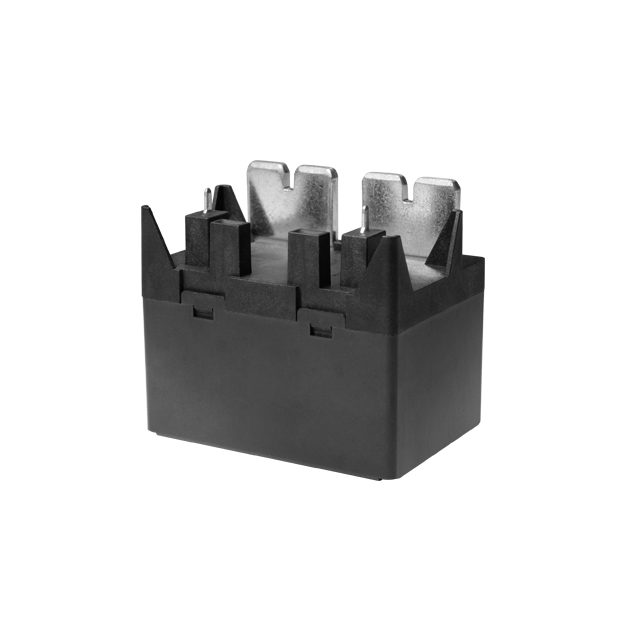Relay safety features are essential in ensuring the safe and efficient operation of electrical systems. These protective mechanisms safeguard against faults, prevent equipment damage, and reduce the risk of hazards such as electrical fires or shocks. Relays act as automated switches that can detect abnormal conditions and respond accordingly to isolate problematic sections of a circuit, preventing further damage. As electrical systems become increasingly complex, the integration of advanced relay safety features is critical for maintaining system reliability and operator safety.

1. Overcurrent Protection One of the primary roles of relays in an electrical system is overcurrent protection. When an excessive amount of current flows through a circuit, it can lead to overheating, insulation failure, and potential fires. Overcurrent relays are designed to detect such conditions and quickly disconnect the affected circuit. This ensures that the rest of the system remains operational while the faulty section is isolated. By adjusting the current threshold, overcurrent relays can be fine-tuned to prevent both minor and severe overloads, offering customized protection. 2. Undervoltage and Overvoltage Protection